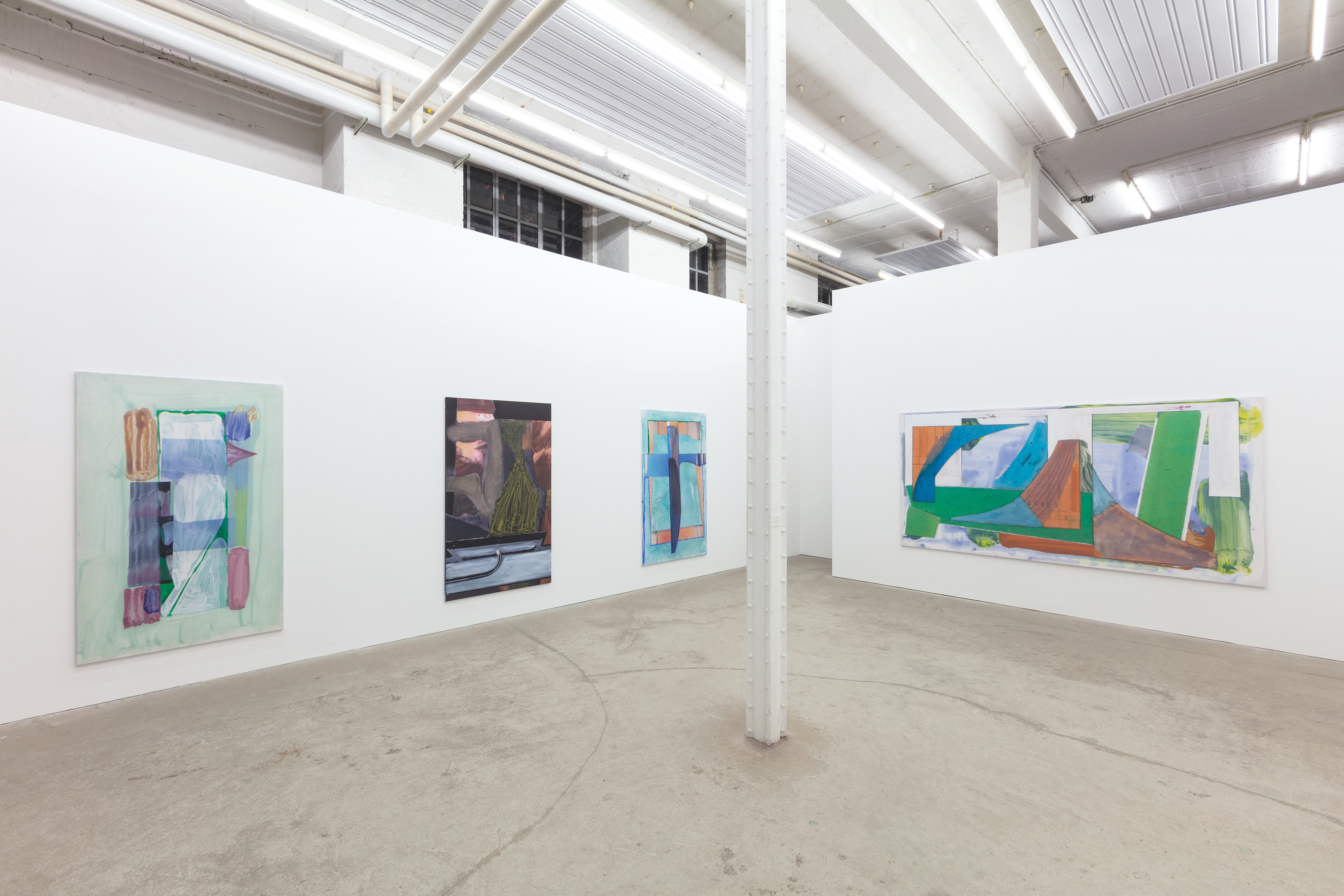
Maximilian Arnold, 'No Place To Rest', Galerie Tobias Naehring, Leipzig, Installation view
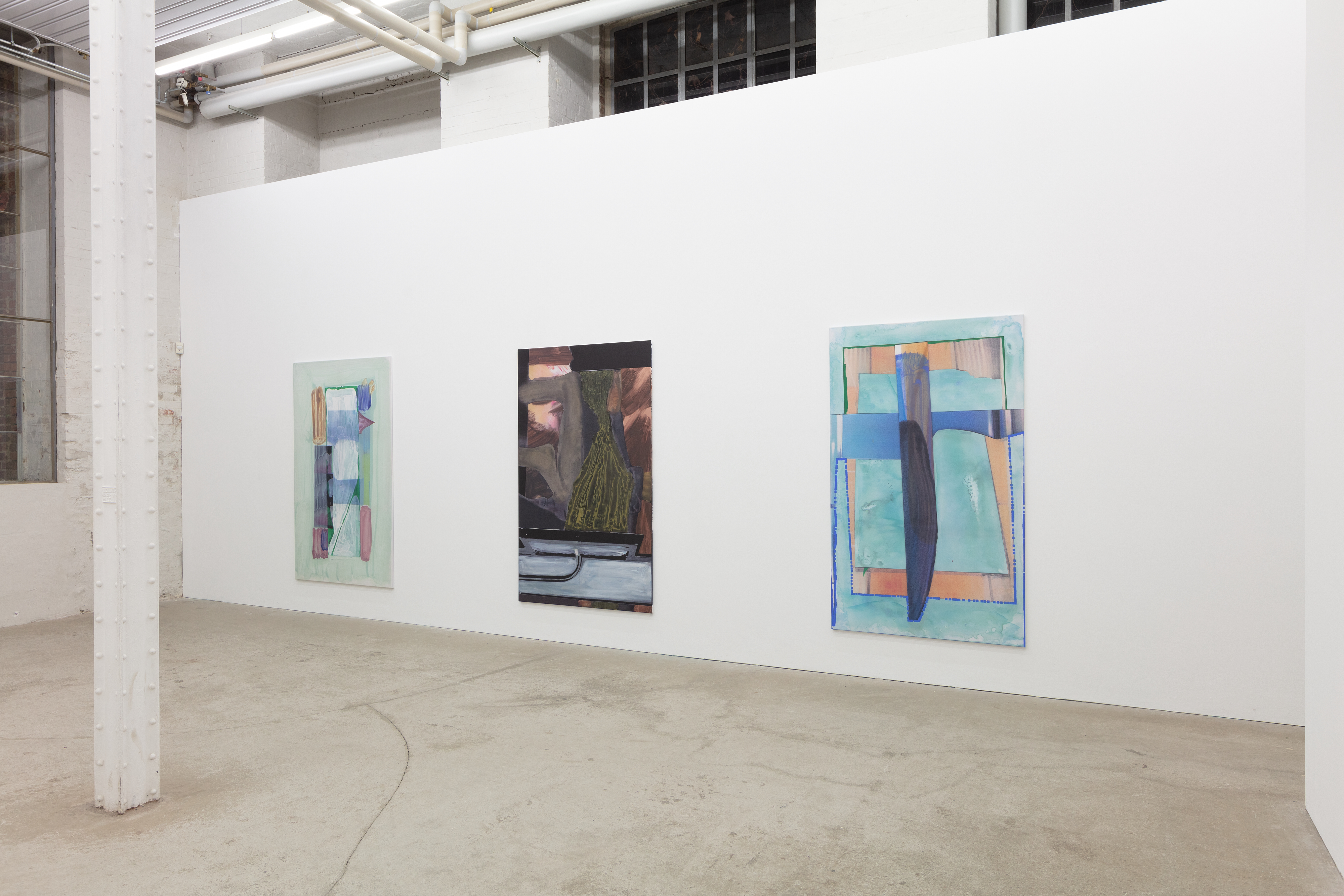
Maximilian Arnold, 'No Place To Rest', Galerie Tobias Naehring, Leipzig, Installation view
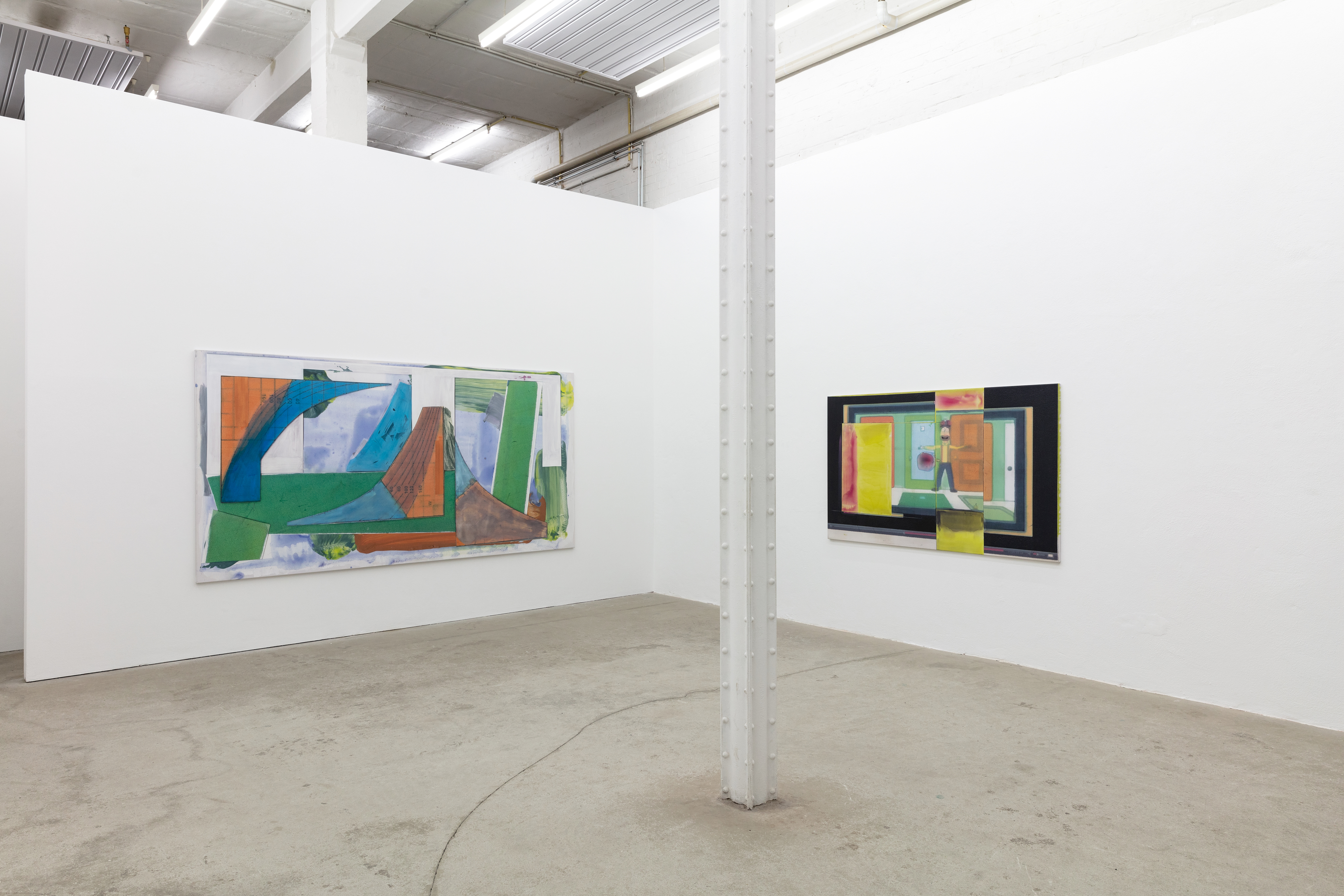
Maximilian Arnold, 'No Place To Rest', Galerie Tobias Naehring, Leipzig, Installation view
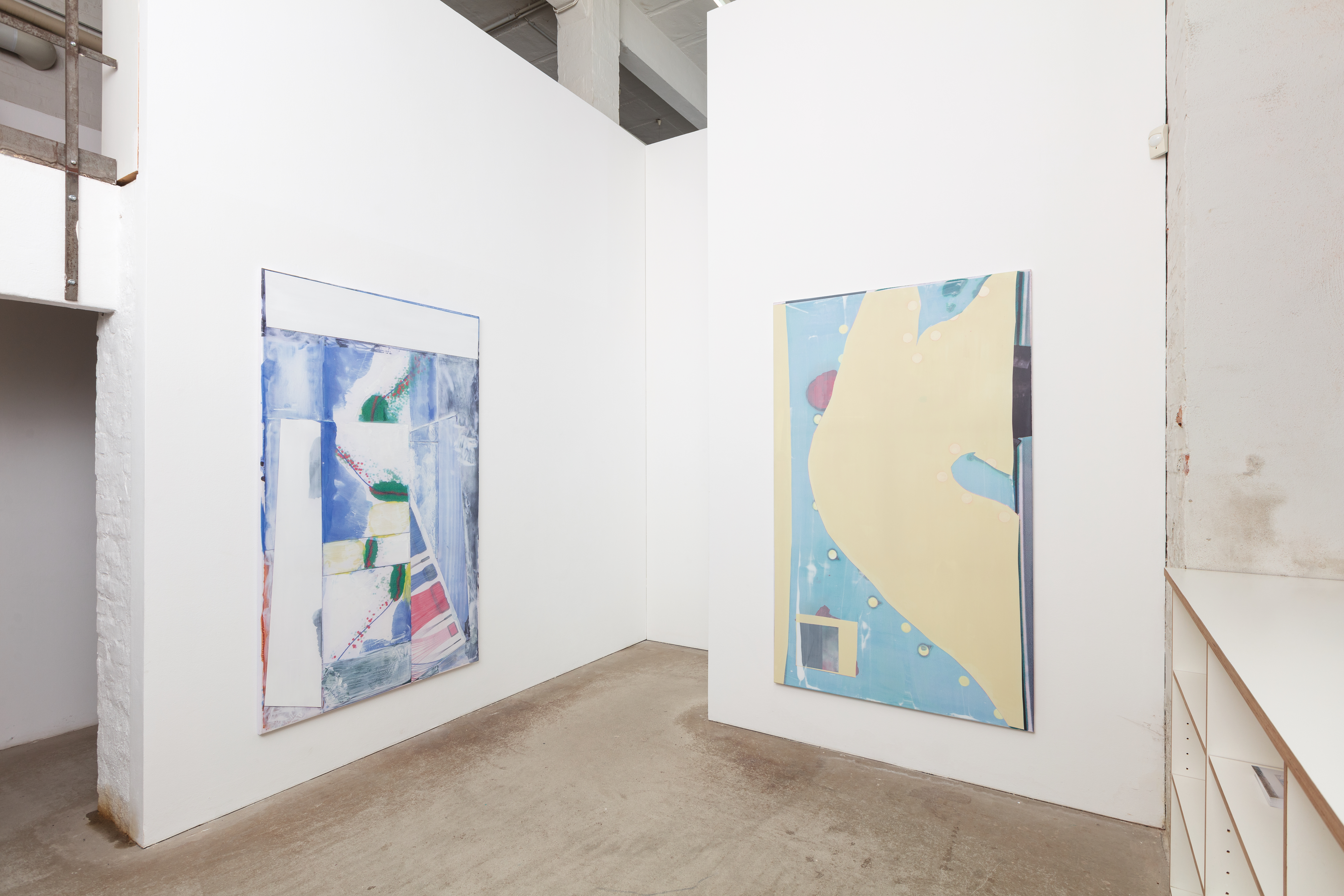
Maximilian Arnold, 'No Place To Rest', Galerie Tobias Naehring, Leipzig, Installation view
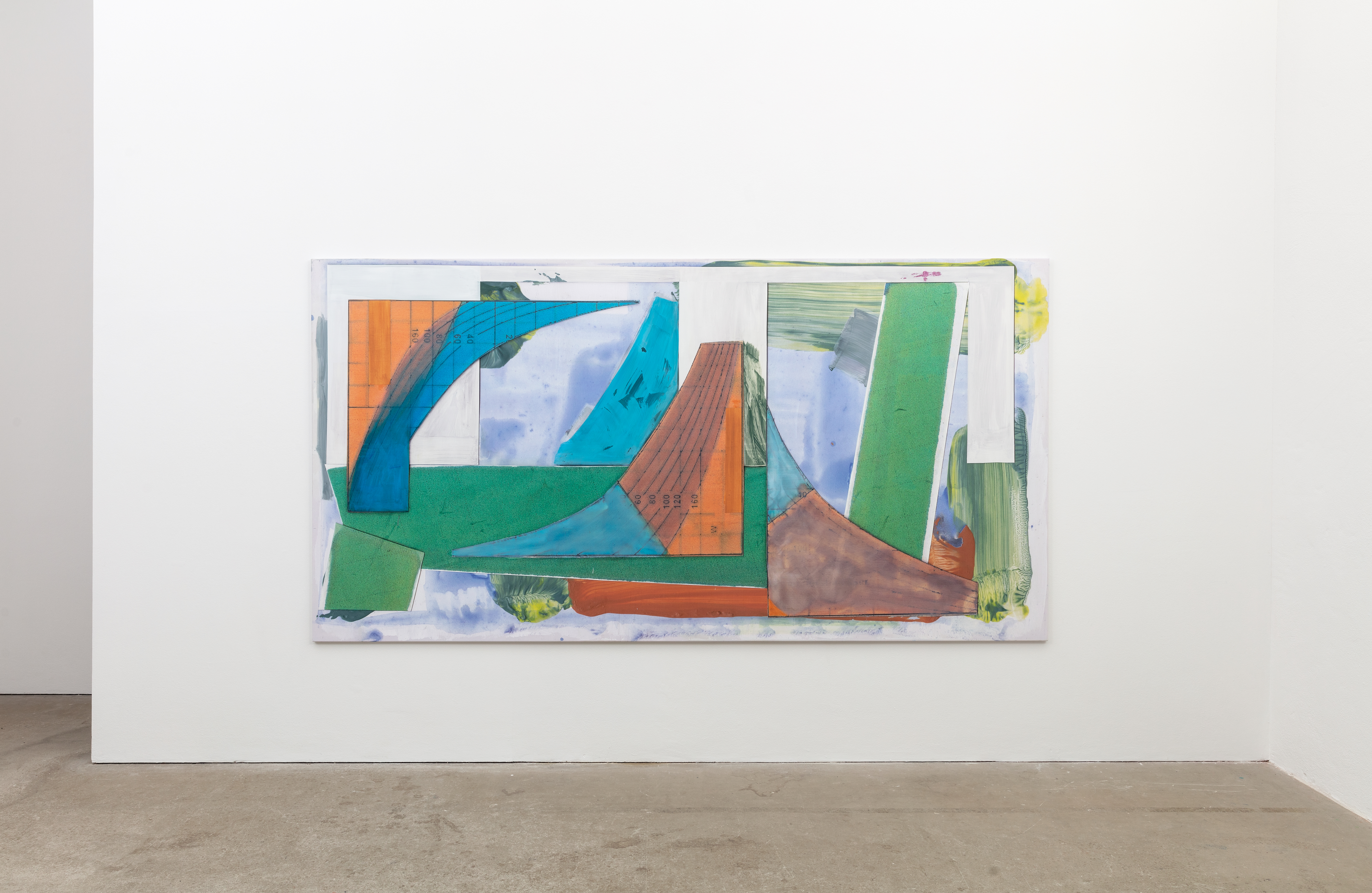
Maximilian Arnold, 'It is easy to see the beginning of things and harder to see the ends', 2019, 170 × 330 cm, Sublimation print and acrylic on polyester
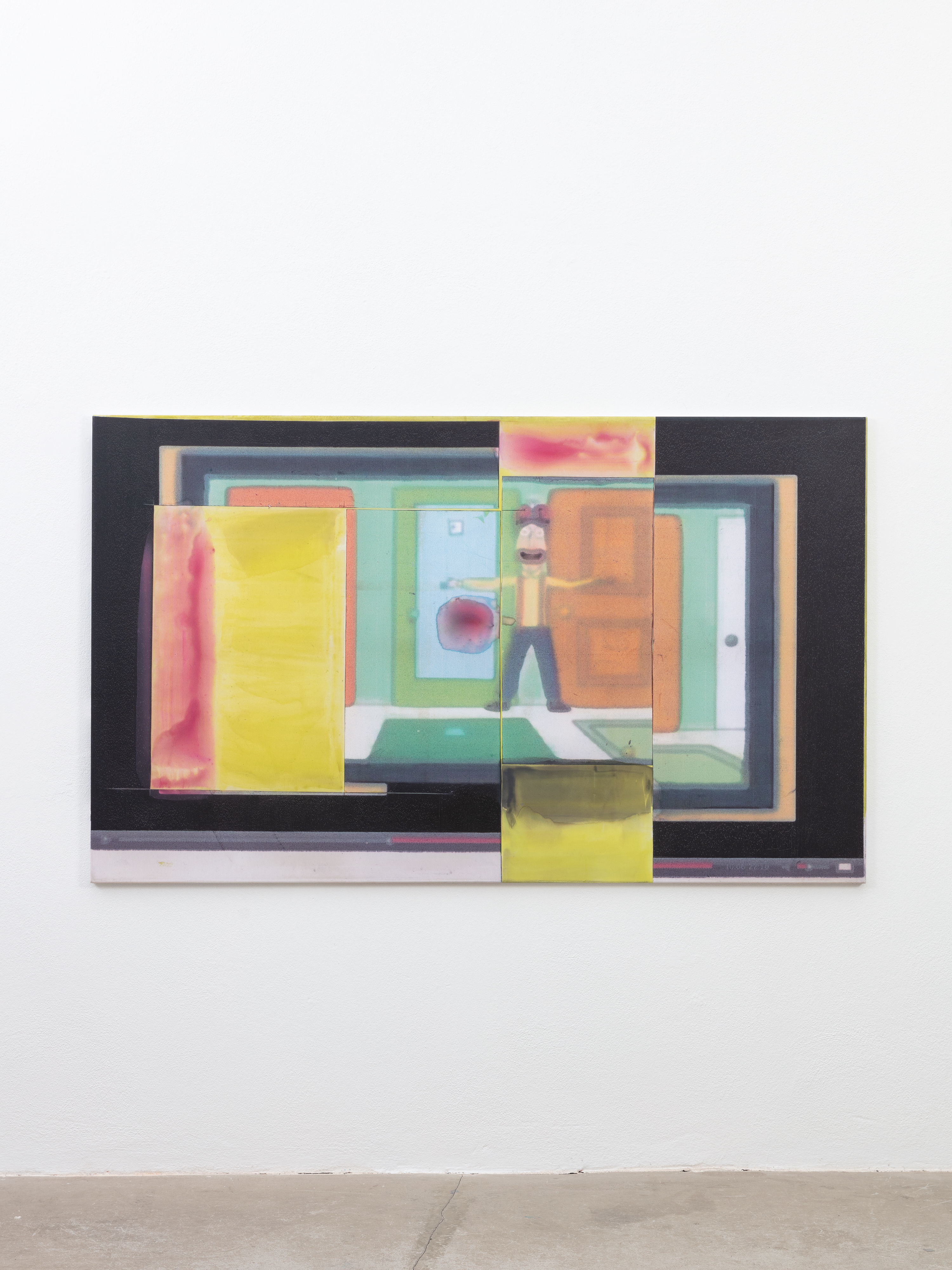
Maximilian Arnold, Untitled (Cartoon), 2019, 120 × 200 cm, Sublimation print and acrylic on polyester
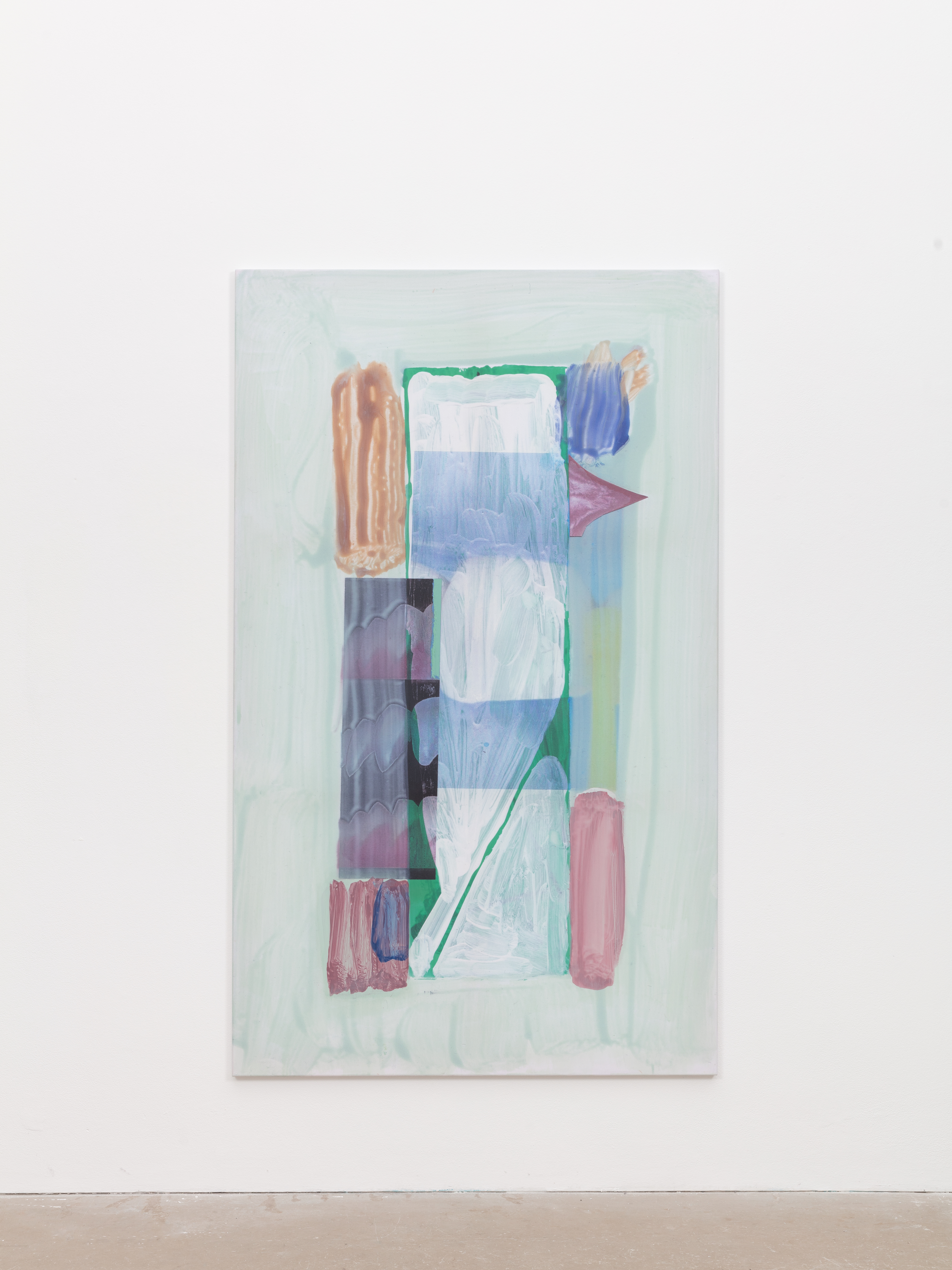
Maximilian Arnold, 'Full potential and unclear energy', 2019, 200 × 120 cm, Sublimation print and acrylic on polyester
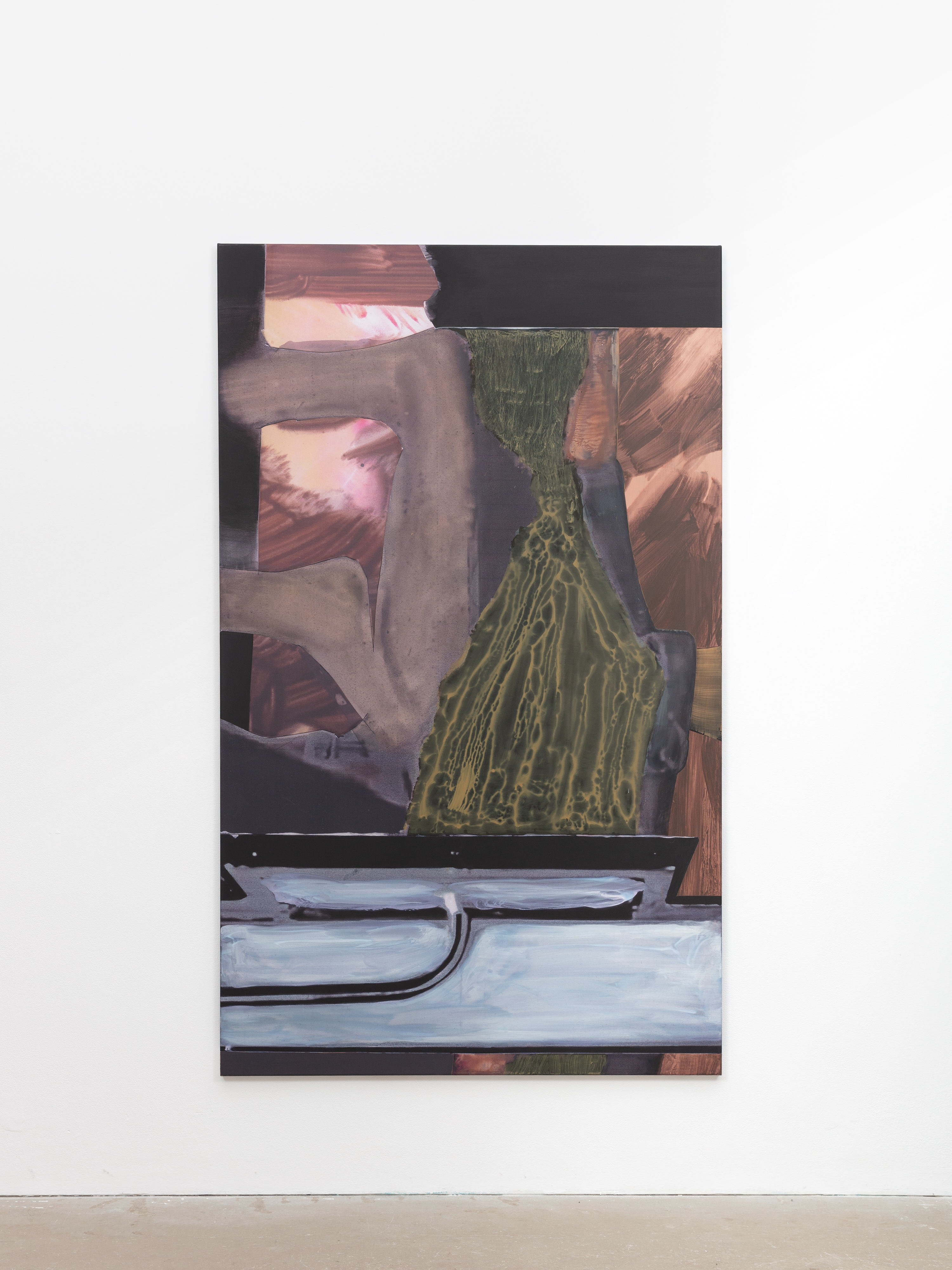
Maximilian Arnold, Untitled (Internal Panic), 2019, 200 × 120 cm, Sublimation print and acrylic on polyester
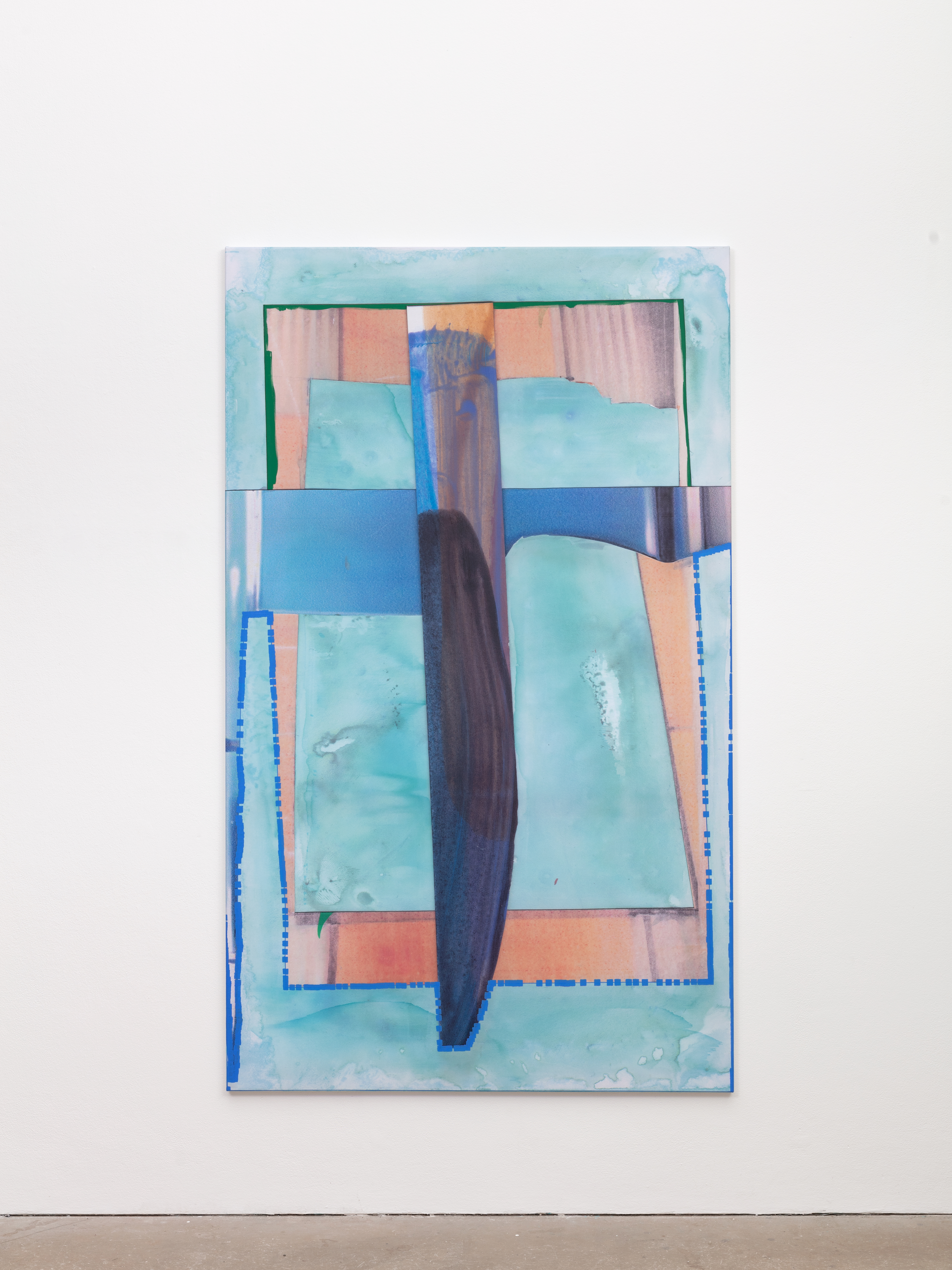
Maximilian Arnold, 'Aware but unable to act', 2019, 200 × 120 cm, Sublimation print and acrylic on polyester
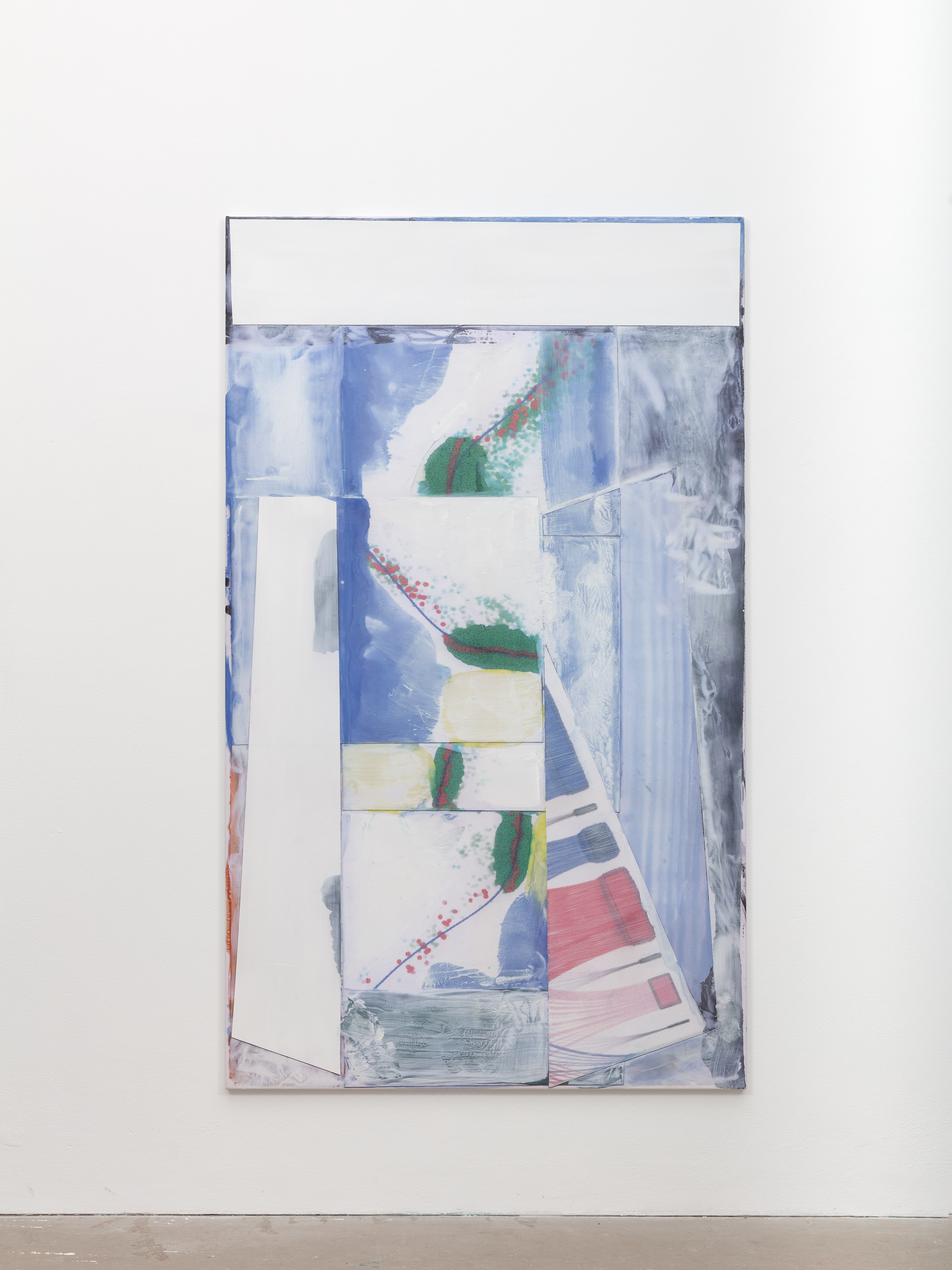
Maximilian Arnold, Untitled (Diagram), 2019, 200 × 120 cm, Sublimation print and acrylic on polyester
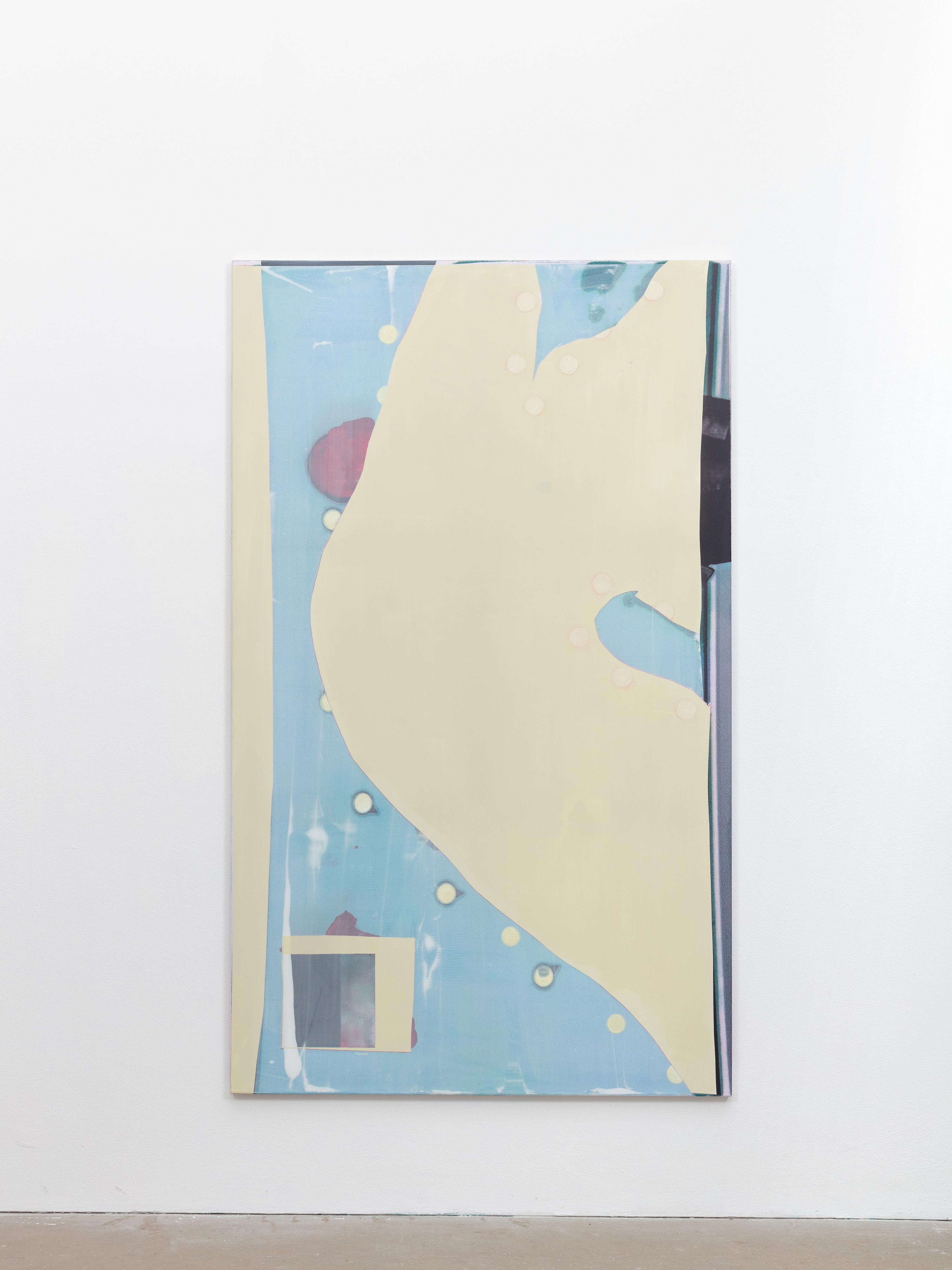
Maximilian Arnold, 'You have to go with the change', 2019, 200 × 120 cm, Sublimation print and acrylic on polyester
The promise of limitless content contains within it the inevitability of fatigue. Making, sharing and consuming digital images has never been easier, faster or more convenient. In the context of this deluge of visual culture, I feel trapped by two unsatisfying options: to indulge or to obstatin. The middle is nearly impossible to sustain. Even the practice of moderation is tinted with the glow of readily available excess. Emphasizing the agency of the viewer provides some grounds for optimism, but the freedom to direct our consumption is a thin form of liberty and comes with obvious downsides. Being a ‘viewer’ in this moment entails subconsciously mixing distraction and attention in order to cope with the friction between the limitations of our body and the prospect of limitless stimulation. In the age of constant sharing, it feels impossible to avoid periodic exhaustion and a gradual numbing of the senses. This atmosphere of overstimulation leaves a residue that tints our vision. Instead of clearing the frame or promising an escape, Maximilian Arnold has chosen compose within the space of fatigue. Arnold’s work addresses the haze through which we see. Instead entering the ongoing contest for novelty and impact, his works embrace the state of depletion as a site of unrealized potential. His paintings are not capitulations or disengaged. He chooses to study the syntax of fatigue rather than displace it with claims of newness. He constructs with the artifacts of worn out images, recombining theremnants and letting them contaminate each other. His project invests small moments with large consequences. These paintings dramatize subtle variations in surface, and insist on a form of mystery that unfolds through intricate layering. Layering is both a technique and a subject in this work. Visual culture is the product of countless unseenalterations and enhancements. When we consume images we are participating in the fattening of the afective labor that created them. Arnold’s layers exist in a minor key, expressing themselves through their subtle friction with each other. These minute contradictions, misalignments, and disagreements force us to recalibrate our expectations of compositional drama. Flatness is often used as a pejorative term, connoting a lack of depth or substance. Arnold’s work choses the stage of flatness perform small acts of rebellion against our assumptions and expectations of painting. Confining his moves to this highly compressed surface lends uncanny weight to the weirdness of their edges. Some of his panels feel smaller than their physical dimensions. This efect impacts my body, as if the painting distorts my sense of my own scale. That these larger formats originate as small, dense collages is both important and illegible. Some of the images suffer from this journey from cut paper and printed matter to the arena of painting, but this loss is a strength of the work. That some qualities do not survive transformations in scale is reassuring. My body cannot infnitely bend and compress itself, and so the omnipresence and infinite scalability of imagery is unnerving. Transformations without loss are inconsequential. I am attracted to the way that Arnold’s paintings embrace this degradation; transforming loss into a haunting presence. Both our planet and our bodies have defnite limits and sufer from excessive manipulation. Compulsive distraction and retinal fatigue characterize the era of omnipresent screens just as much as the excitementaroused by perpetual entertainment. Arnold’s pictures don’t promise an escape from the weariness of overstimulation, but they reframe this condition through developing a poetics of flatness and fatigue. Without rejecting or turning away from the glow of the screen, his work uses the language of painting to investigate the after-image of this powerful presence.
Peter Brock, 2019